How to Use a Pace Clock
Keeping track of your speed and monitoring your intervals are two ways to use the pace clock.
Comparing the times of repetitions and sets from one workout to another provides great feedback on your fitness and form—if you are getting faster, able to hold a steady pace and/or swimming the same pace with less effort, your fitness and technique are improving. If not, you may need to adjust your workouts by including more drill work, completing shorter sets and overall workouts, and increasing the time of your rest intervals.
More: Four Focused Swim Workouts
The simplest way to get your time for a repetition is to the leave the wall "on the top," swim the distance and then look at the clock upon finish.
For example, if you completed a 50-yard sprint and left "on the top," came in with the red hand on the 45, your 50-yard sprint took you 45 seconds (:45). Keep in mind that 25s and 50s are generally easier to keep track of then longer intervals such as a 200 or 400. But, if you know that your average 50 time is :45, your 200 should be in the three-minute range (3:00) and the 400 in the six-minute range (6:00).
More: 10 Swimming Tips for Beginners
Timing intervals becomes trickier, as there is a bit more math involved to keep track of your time. For example, a coach may give you at set of 4 x 50 fast on 1:15, leaving "on the top." So, no matter what your 50 pace, you will always leave for the next interval in 1 minute and 15 seconds: No. 1 on the 60, No. 2 on the 15, No. 3 on the 30 and No. 4 on the 45.
If you are new to the pace clock and swimming with an experienced group, a good tip to follow is: don't be the first to "send off" in the lane. Follow a lane-mate who knows the clock and just leave :10 after they do and hope they are good at math.
More: 10 Elements ofa Perfect Freestyle Stroke Part 1
Mastering the pace clock may be frustrating at first. As with all new skills, it takes some time and patience.
Challenge yourself the next time you're at the pool to use the pace clock by setting appropriate and attainable time goals for your repetitions and sets. By monitoring your times with the pace clock, you'll be well on the way to thinking and swimming like a swimmer.
- 2
- of
- 3
About the Author

Get ACTIVE on the Go
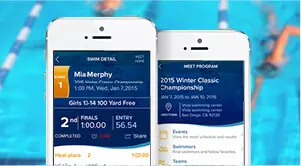

Meet Mobile
Swim smarter: heats, lane assignments and real-time results in the palm of your hand.
Available for iOS | Android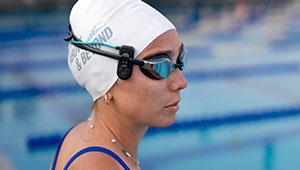
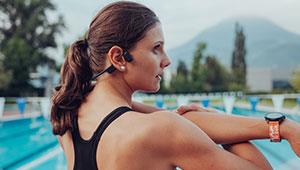
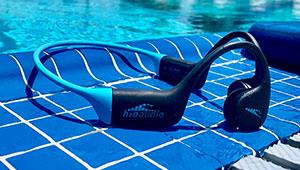

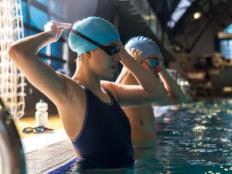

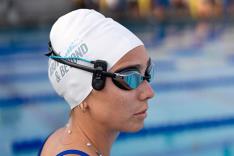
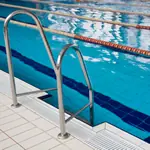
Discuss This Article